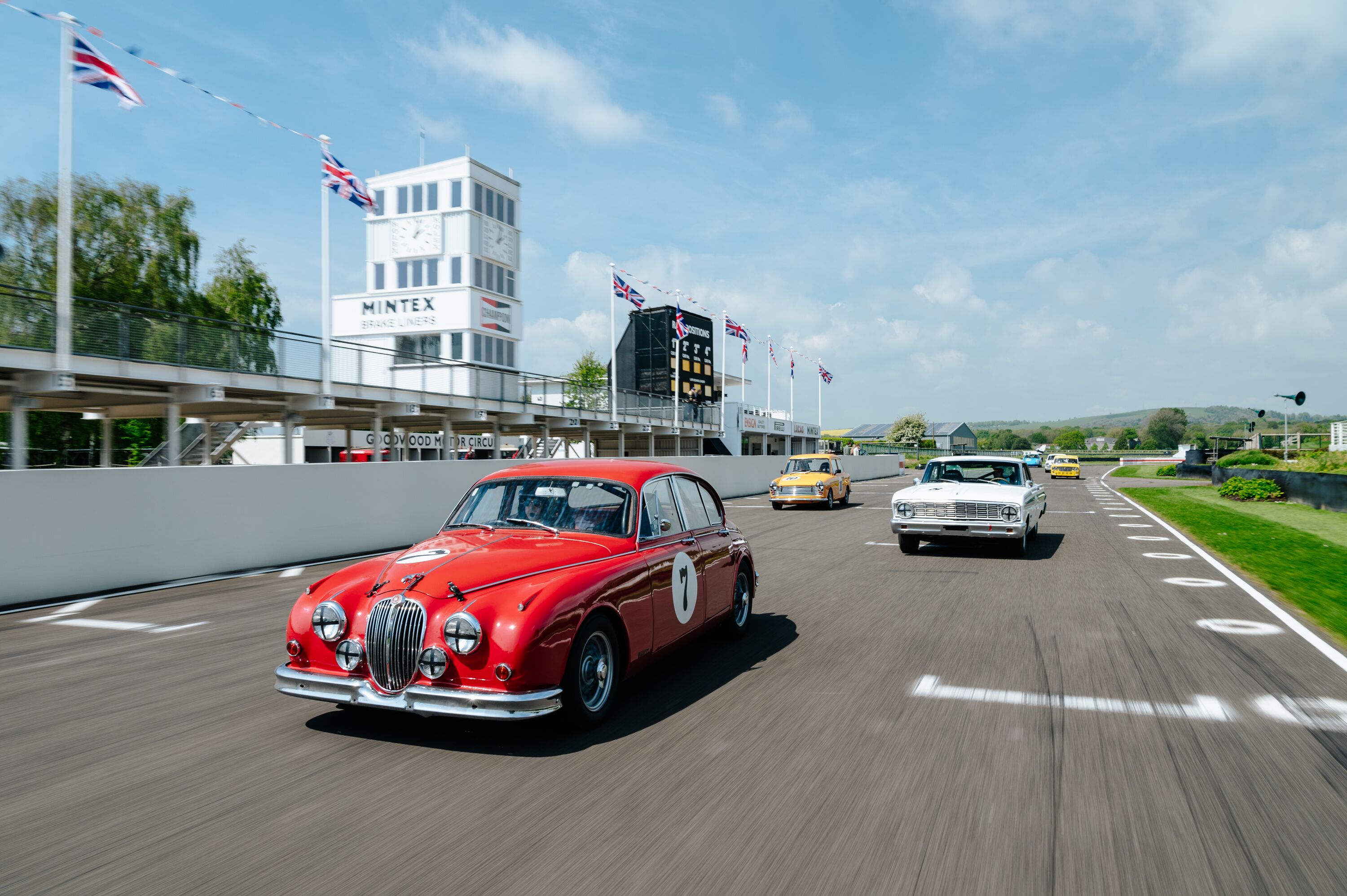WRC to ditch hybrid units from 2025
The World Rally championship will remove the current plug-in hybrid unit that all cars carry for the 2025 season, in an effort to cut costs and attract new manufacturers, the FIA has announced.

Following a World Motor Sport Council meeting the FIA has also announced a framework for new Rally1 regulations set to be introduced from the 2026 season. These new regulations will include a standardised central safety cell onto which manufacturers can develop cars from a wider range of platforms.
The FIA set up a working group to discuss the future of rallying last year after concerns about dwindling numbers in the top class and increasing costs came to a head. This group put forward recommendations to the WMSC in Baku this week.
The change to 2025 regulations will see a reduction in overall weight to compensate for the loss of power brought about by the removal of the hybrid system, while there will also be a reduction in aerodynamics and the air restrictor.
From 2026 a new safety cell is set to be developed, common on all cars in the new Rally1 class, which will allow both manufacturers to develop cars based on both production and concept cars. The aim is to reduce costs and widen the number of teams willing to enter different cars, with the WRC targeting B- and C-Class cars as well as small SUVs and even concept cars.

Power output for the new Rally1 class is expected to be around 330PS (245kW). Cars that conform to the new version of the regulation will be expected to run alongside the current cars during the 2026 season.
Although final details of the new rules will be published later in the year, the FIA is targeting closer equivalence with Rally2 cars, which will be given a boost in power and aerodynamics when they run on the WRC to close the gap between classes. The FIA also aims to cap the cost of the new Rally1 cars at €400,000 and all cars must be available to buy by prospective privateer entrants.
The final major change announced is the introduction of a new category for purely electric cars The FIA has not set out a timetable for this change, but it hopes that these cars will be as fast as petrol-powered Rally1 machines.
Aside from technical regulations, the FIA also announced potential new rally formats that open up options for organisers. As well as the already announced two-day sprint rally format, there will be an option for longer endurance rallies to be added to the calendar. These will see the overall mileage of the season remain the same and all rallies would still end on Sunday with a Power Stage.

Speaking of the announcement, FIA President Mohammed Ben Sulayem said: “The WMSC members carefully considered the recommendations of the WRC Working Group and were united in their support of the series of objectives that have been established.
“To be at the point where the WRC Commission can now work on finalising proposals that will go a long way towards cementing the WRC’s future course, once approved by the WMSC, is a significant moment for the championship, its stakeholders and the rallying community in general.
“It’s also important to note that the results of the WRC Fan Engagement Survey will be carefully considered by the WRC Commission during the process of drafting the final proposals. I thank all those who took part as we continue the process of delivering a WRC that’s relevant for the present and fit for the future.”
Images courtesy of Motorsport Images
Race
Modern
WRC
WRC 2025





